Updated March 30, 2021
As people age, eating often becomes a struggle. Finding soft foods that seniors can eat can become essential, as the senior’s ability to chew food can decrease due to problems with their teeth, gums, or dentures.
That’s not all. Appetite can decrease with age too, while other seniors are simply less willing to eat.
Soft foods won’t always solve the problem, but they can be powerful. After all, soft foods are easy to eat, so they make mealtime much less stressful. You can look for special services like prepared food delivery in Palm Beach, Florida or cook on your own. Check out these soft foods to try, followed by tips about how to make the food even more appealing.
Types of Soft Foods That Seniors Can Eat
Do soft foods sound boring? They shouldn’t. There are countless types of soft food to try. These can all be nutritious and delicious. Check out these categories for ideas to get you started.
Soups and Stews

These give you the perfect chance to ensure all ingredients are soft, especially if you use a slow cooker to make them.
There are plenty of options to add in spices as well, to ensure the finished dish tastes amazing.
Casseroles
Many casseroles are easy to eat as well, because they go through a considerable amount of cooking.
But, you’ll need to pay close attention to the recipe. Focus on casseroles that have large amounts of liquid and are unlikely to dry out. These will tend to be the softest.
Oats
Soups, stews, and casseroles are delicious, but they can also be quite heavy. Oatmeal is perfect if you’re looking for a lighter meal. Plus, many seniors are already familiar with it.
Don’t worry. Oatmeal doesn’t need to be boring. You can add spices to make it taste more interesting or add ingredients on top.
But, as a general rule, avoid store-purchased flavored oatmeal. Most brands use an excessive amount of sugar and/or added ingredients. It’s better to make basic oatmeal at home and add the flavoring yourself.
Did you know that you can make savory oatmeal too? Doing so is easy. You just need to avoid using much sugar when preparing the oats and then add savory toppings rather than sweet ones. What about some seasoned chicken and a poached egg as toppings.
Overnight Oats
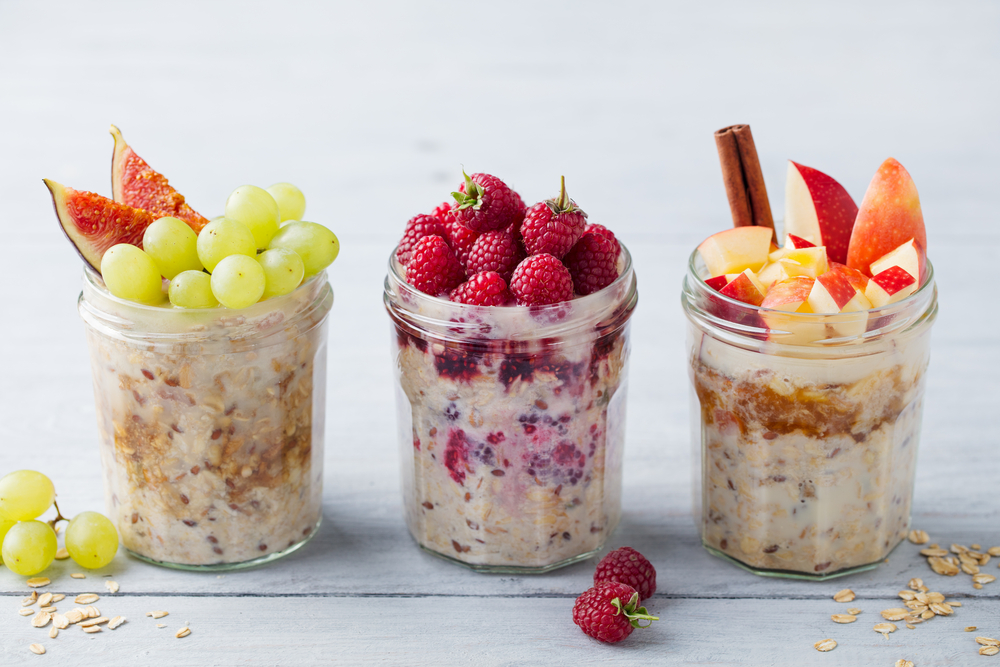
This idea is less common for seniors but it is really powerful. Overnight oats are prepared the previous day and are soaked overnight. This means little work in the morning and no cooking at all. You can check out this basic guide for more details on making the oats.
Eggs
How can we forget about the humble egg? Most ways of cooking eggs will give you a soft meal. Omelets and scrambled eggs are both great examples. You can add many other ingredients to keep them interesting and add to the flavor.
Just make sure any extra ingredients are soft as well.
Looking for ideas? Check out the recipe roundups below. Many of the recipes are soft or can be easily adapted.
Dairy
Similarly, most dairy products are already easy to eat. Cottage cheese, milk, and yogurt are all great examples.
Don’t forget about cheese either. Many types of cheese are soft and delicious. Cheese is also a fantastic way to add extra flavor to a meal.
Still, there are some extra things to think about with dairy.
Watch out for lactose intolerance
The ability to digest lactose often decreases with age, so seniors can become lactose intolerant, even if they could eat dairy without a problem when they were younger. Symptoms of lactose intolerance include abdominal pain, indigestion, diarrhea, nausea, and bloating.
Similar symptoms can occur for many reasons, which can make lactose intolerance difficult to spot.
Try cutting lactose-containing products out of the senior’s diet for a month or longer and then re-introducing them. An elimination approach like this is a powerful way to see which foods are causing symptoms.
If the senior is lactose intolerant, they will need to focus on plant-based foods instead of dairy. Lactose free milk and cheese may be an option too. These are still dairy products. They’ve simply been processed with the lactase enzyme, so that the lactose is already broken down for you.
Think about the calories and fat
While dairy products are generally healthy, they are high in saturated fat and calories. This is particularly true if you choose full fat versions.
So, when you’re looking at soft foods that seniors can eat, low fat dairy products will often be better than full fat options.
Pasta
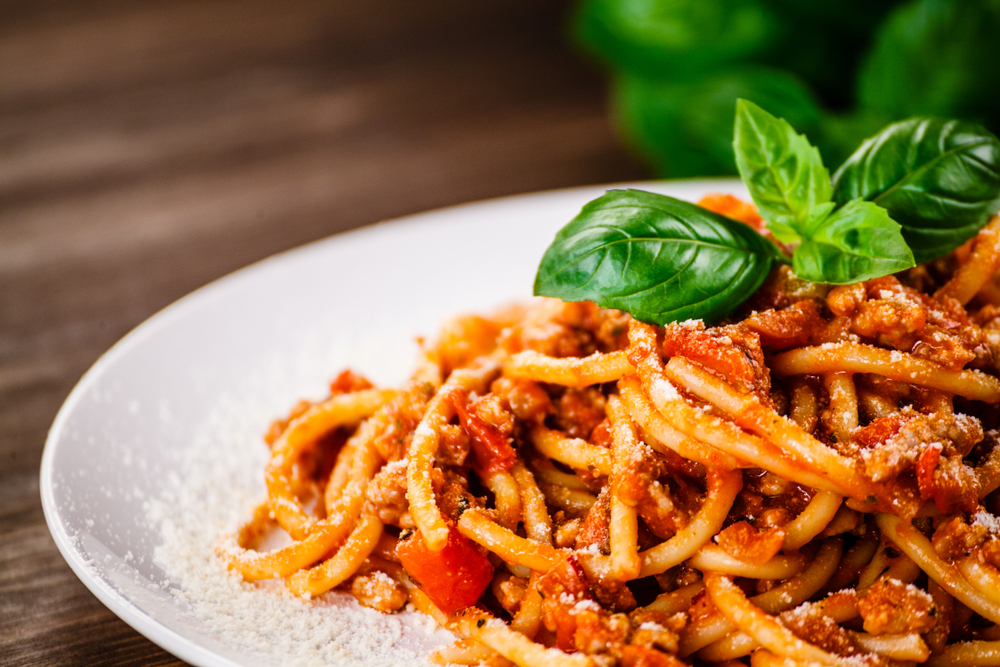
Pasta is an obvious entry to this list. It can be very soft. You can even overcook it a little if you want to be certain that the meal is soft enough.
The versatility of pasta is another reason that it works so well. There are many types of pasta for you to choose and an almost endless selection of recipes that use pasta as an ingredient. Once again, the trick is to find recipes that use soft ingredients.
If you want some ideas, check out this list of 27 Quick and Easy Pasta Recipes from the site Serious Eats. Most of the featured recipes should be soft and perfect for seniors.
Meat and Fish

Meat is still an important choice for many people. Focus on tender and lean meats, especially ones that don’t toughen up when you cook them.
Ground beef is a good example. Chicken can be effective as well. But, if you’re preparing chicken breast, be careful how you prepare it, as it dry chicken breast is often difficult to eat.
You can also focus on recipes and techniques that are naturally soft.
- Meatloaf works well, as long as it stays moist
- Stews and curries also tend to create soft meat.
- Slow cooked meat also works well, including recipes like pulled pork.
- Avoid techniques like roasting, where the meat can easily dry out and become tough.
- If you do roast meat, do so under foil and pull pieces off (rather than slicing). This creates very tender meat.
Many types of fish are easy to eat as well. But, make sure you choose ones that don’t have any bones.
Sandwiches
Sandwiches can work well in many situations – and you can tweak them based on the senior’s sensitivity.
For example, white bread with the crusts cut off will be easier to eat than whole grain bread with crusts.
You can choose ingredients for the sandwich in the same way. Mashed eggs are a good option, although there are many others as well.
You could also cut down the amount of bread by making an open faced sandwich. Here you’re using one slice instead of two, which can help if the senior struggles with bread.
Or, what about using a wrap instead of bread? Wraps are thinner and don’t tend to be chewy.
Soft Fruit and Vegetables
Many fruits are already soft, like bananas, avocados and berries. You can also turn to canned fruit, especially options like pears and fruit cocktail. But, make sure you choose products that are canned in their own juice – without added sugar.
Tomatoes and cucumber (without the skin) are also fairly soft and they’re perfect in sandwiches.
Things that are tougher will need to be prepared. Examples include the following:
- Stewed fruit (like stewed apples). This is perfect over cereal or oatmeal.
- Pureed fruit.
- Mashed or pureed vegetables (such as carrots or squash).
- Boiled vegetables.
Fruits and veggies can also be included in meals to make them softer. For example, most veggies in a stew are incredibly soft. You can also include veggies like kale and spinach in smoothies. This makes their texture unnoticeable, but their nutrients remain intact.
Shakes and Smoothies
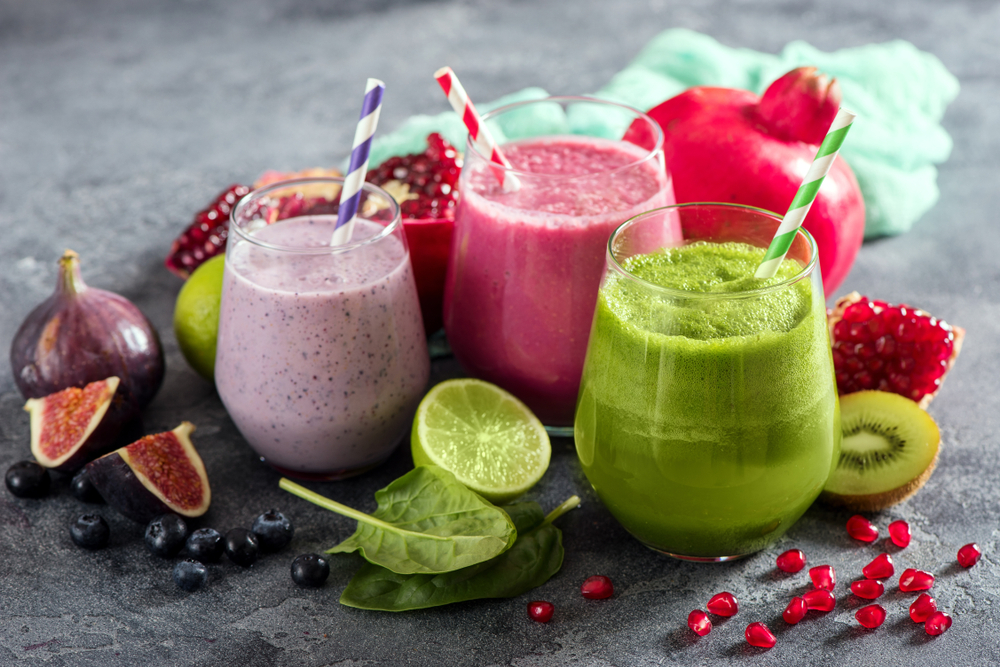
Liquid nutrition is a powerful way to ensure seniors get the food that they need. But, you need to pay close attention to the ingredients. Some products will be formulated to act as a meal replacement, others may be little more than sugar and milk.
If you’re buying ready-made shakes, consider the following:
- Try to avoid additives. Some brands will use a large range of artificial flavors, colors, fillers and
- Check the sugar content. Some products will use an excessive amount of sugar for the serving. This is never good for health. You don’t need to avoid sugar entirely but look for brands that have low sugar content.
- Look at reviews. Reviews are a great way to get a sense of a product. Try looking at Amazon. There is normally a wide range of reviews. The three-star ones will often give you the best indication about a product, as those people tend to be more realistic.
- Watch out for sweeteners. Companies will often use artificial and/or natural sweeteners. Natural is better, although research is still in the early stages for both types. Some people are sensitive to sweeteners, so you’ll need to pay attention to this.
- Look for protein and fiber. These are what help people to feel full. The ideal protein level depends on the person and their needs. But, in most cases, it should be at least 15 grams per serving (higher is normally better).
- Avoid brands that are low in protein and high in sugar, those are little more than flavored milk.
There is also a trial and error aspect. Taste preferences vary considerably. It may take you multiple tries to find a good brand and flavor. Check out the posts below for more information on choosing the right protein shake for your needs.
The alternative is to make your own shakes. You can buy meal replacement powder or straight protein powder to do so.
- Meal replacement powder. Typically contains extra nutrients and will be flavored. More likely to have added sugar and other ingredients.
- Protein powder. Often just contains protein and perhaps one or two other ingredients. Protein content tends to be higher. Many versions are unflavored, but not all.
You might even get your protein from other sources.
Regardless, making your own shakes gives you full control of the ingredients. You can tweak the recipe to create the ideal taste and texture.
But, be aware that shakes are rarely a complete replacement. They don’t satisfy the same way as regular food and they’re not healthy as a complete diet. Instead, you might use shakes instead of one meal per day, or irregularly when the need arises.
What about you? Do you have any soft food favorites that we’ve left off this list? Please let us know in the comments section.
Things to Think About
This selection of soft foods that seniors can eat should give you plenty of ideas. But, we’ve only been talking about types of food. There are some additional areas to weigh up too.
Appearance
What matters more? What a meal looks like, its flavor, or its nutrition?
Most people would focus on flavor and nutrition. After all, many delicious and healthy meals aren’t much to look at.
But, we eat with our eyes first. This means that the way food looks can influence how hungry you feel, your willingness to eat a meal, and even how much you enjoy it.
This becomes even more important for seniors who are resistant to eating. Making sure the food looks good ends up making a huge difference.
Doing this could be as simple as including a garnish, using a nice plate, or playing around with textures and colors on the plate.
Add Flavor
Sense of taste often declines with age, so food that was once delicious and exciting can easily seem bland.
You can help by adding herbs and spices to food to kick up the flavor profile. You could work with the senior to find combinations of flavors that they like, along with the right intensity.
Check with their Doctor
Many seniors have multiple health conditions and could be on a variety of medications. Some of these conditions or the medications may limit the foods the senior is able to eat. For example:
- Diabetics need to pay close attention to their carb and sugar intake. When they eat can be relevant as well, for keeping their blood sugar levels stable.
- Seniors on warfarin or similar medications may need to keep their vitamin K levels consistent.
- Grapefruit and some other foods can interact with medications and may need to be avoided.
- Herbal teas are not as benign as is often assumed and can have surprising impacts.
Pay Attention to Calories
Just like any other group of people, seniors can easily eat too much or too little food. Eating too much can lead to obesity and various health complications, while too little food can mean that they’re undernourished.
The foods that a senior eats and the quantities will need to be adjusted based on their calorie needs.
For example, if they’re struggling with their weight, you may focus on low fat and low sugar foods.
But, if they have a low appetite, you may need high calorie foods that are nutrient dense instead.


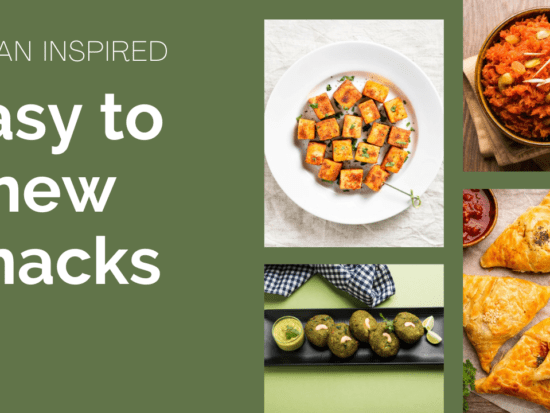

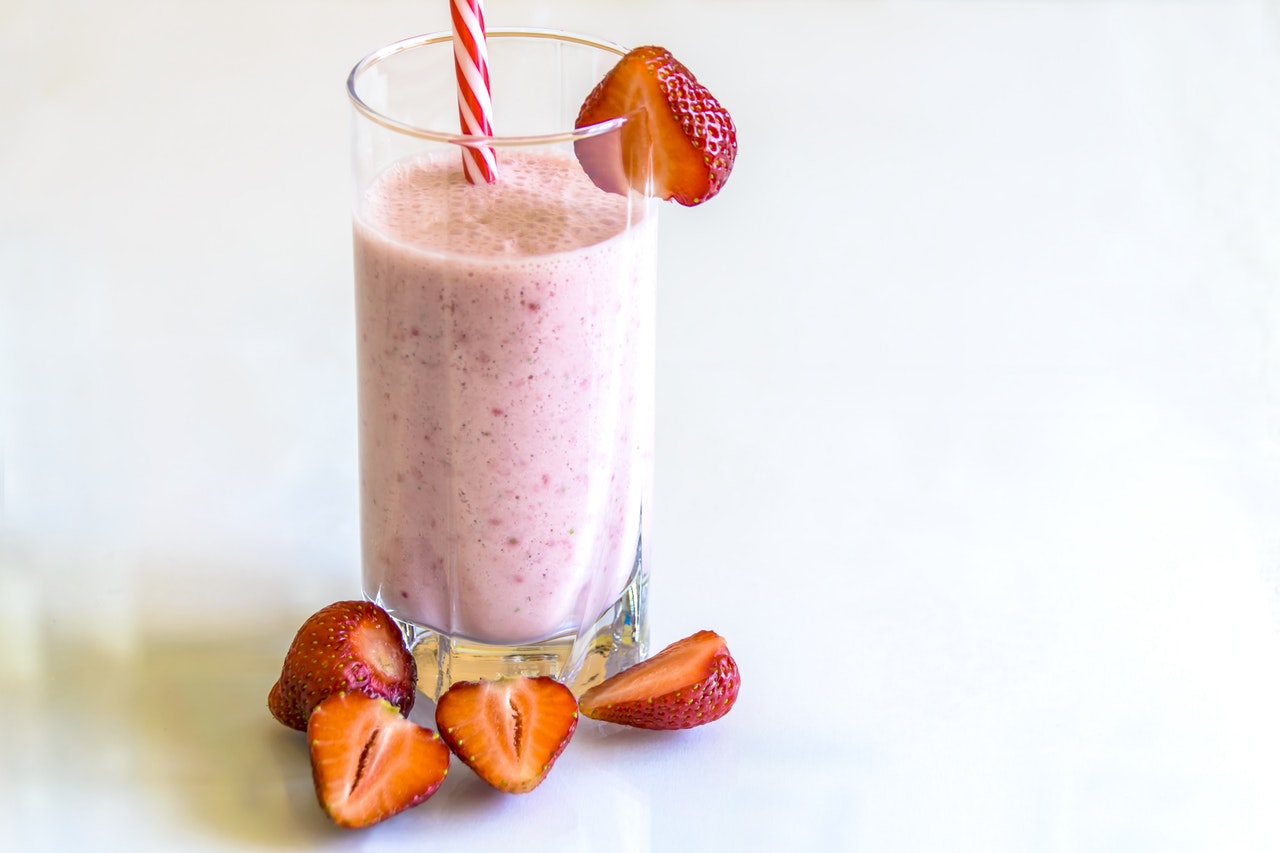
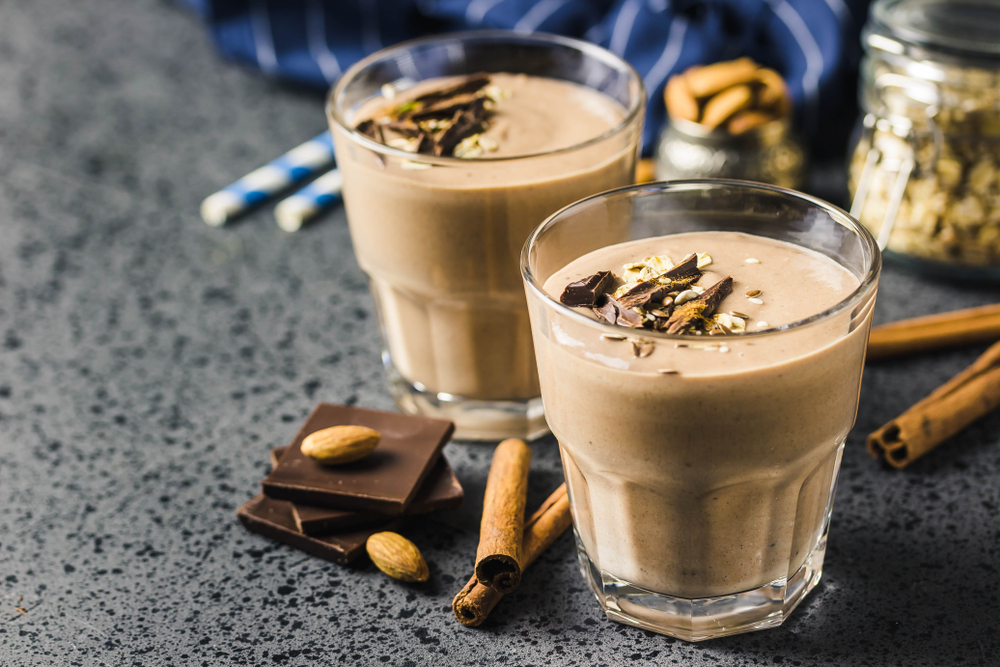

Thank you for reminding me that I should never serve roasted meat to my grandparents since it makes the meat too dry and tough for them to chew. My youngest aunt already moved out and started her own family, so I’m the only one who has the time to drop by after school and prepare their meals for them. I’m not sure if I can do this for a long, long time, so it might be a good idea to discuss the option of assisted living with my parents and see if they will agree.
Sure glad I found this site. I have a guest coming with many alergies and no teeth. Now I have clues of things that fit with my own alergies and tastes. Please don’t sign me up for anything.
You’re welcome – and don’t worry, you won’t be signed up for anything.